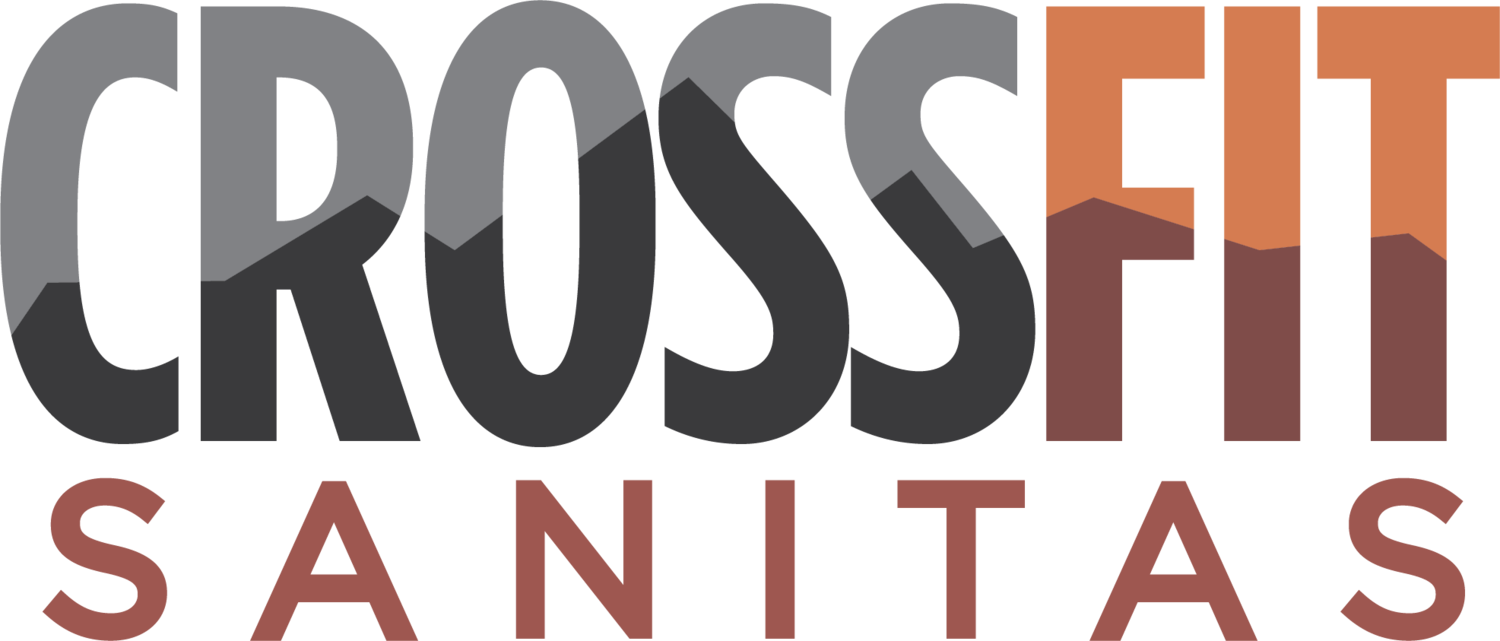How to CrossFit While Pregnant
We've had a lot of experience with pregnant athletes at CrossFit Sanitas in Boulder.
Danielle and Steve had their baby girl mid September.
Aly and Bobby J had their baby boy a few months ago.
Katie and Samuel had their little guy over the summer.
Trina, a CrossFit Regionals-level athlete from Denver and one of our newest members, and her husband Marc had their baby just a few months ago and she can still bang out strict muscle ups in a WOD.
And Leslie and her husband Lee had their second boy late last year. Fun fact. Leslie's water broke in the middle of a workout while at CrossFit Sanitas. (She was much calmer than we were!)
Alright. So we all know it can be done. Pregnancy doesn't mean a cold hard stop to your life and fitness. But that doesn't mean there aren't risks involved. Below we've compiled the information we've learned from our moms at the gym and the latest research to give you a better picture on how you should approach your fitness while pregnant and following birth.
Before getting into this. Remember. Always listen to recommendations from your doctor and please proceed with caution. It's not just your health, it's your baby's, too!
Guidelines EVERYONE Should Follow
MOST IMPORTANTLY Listen to your body. You and only you know what your body is asking for. Regardless if someone told you they squatted through their entire pregnancy, if squatting doesn't feel good to you, do not do it!
Maintenance Mode Once pregnant, your goal is to maintain your fitness level, not increase it. It's not time to PR, nor try a new strength cycle, nor anything else that could be considered an increase to what you've normally been doing on an average day. Your goal is now maintenance, and a healthy pregnancy for you and your baby!
Stay Calm and Cool Pull back the intensity of your workouts, especially the further you get into your pregnancy. Increased heart rate and body temperature resulting from pushing it too hard in a workout can stress your body and the baby, and even shunt blood away from your baby, leaving the potential for development issues and even death. You should always be able to maintain a conversation while working out, especially after your first trimester. This ensures you're not going too hard.
Stay Off Your Back Most women know to stay off your back after about 20 weeks for long periods of time because the weight of your uterus pushing down on certain blood vessels can cause some major issues to you and your baby. Since there are quite a few exercises that leave you on your back, simply take care whenever doing them and watch for any signs of dizziness or shortness of breath. If there's a simple way to modify that takes you off your back, do it!
No Kipping! You'll read more about the anatomy of this below, but understand that as your belly expands, the connective tissue between your abs becomes thinner and thinner and needs to heal after you've given birth. Kipping and other extension movements will add unnecessary stress onto this connective tissue and can ultimately cause it to tear completely (diastasis recti). This includes movements like slam balls, kipping pull ups, kettlebell swings overhead, kipping toes to bar, kipping muscle ups, etc.
Belly Up For similar reasons mentioned in #4, movements that leave you with your belly facing the floor (burpees, standard planks, push-ups) put added stress on this connective tissue and can lead to tearing. These are okay in your early months, but as that baby grows, the risk increases greatly and continues after birth, as well.
Here are some additional articles with some great exercises to help prevent diastasis recti as well as strengthen your core after your pregnancy:


